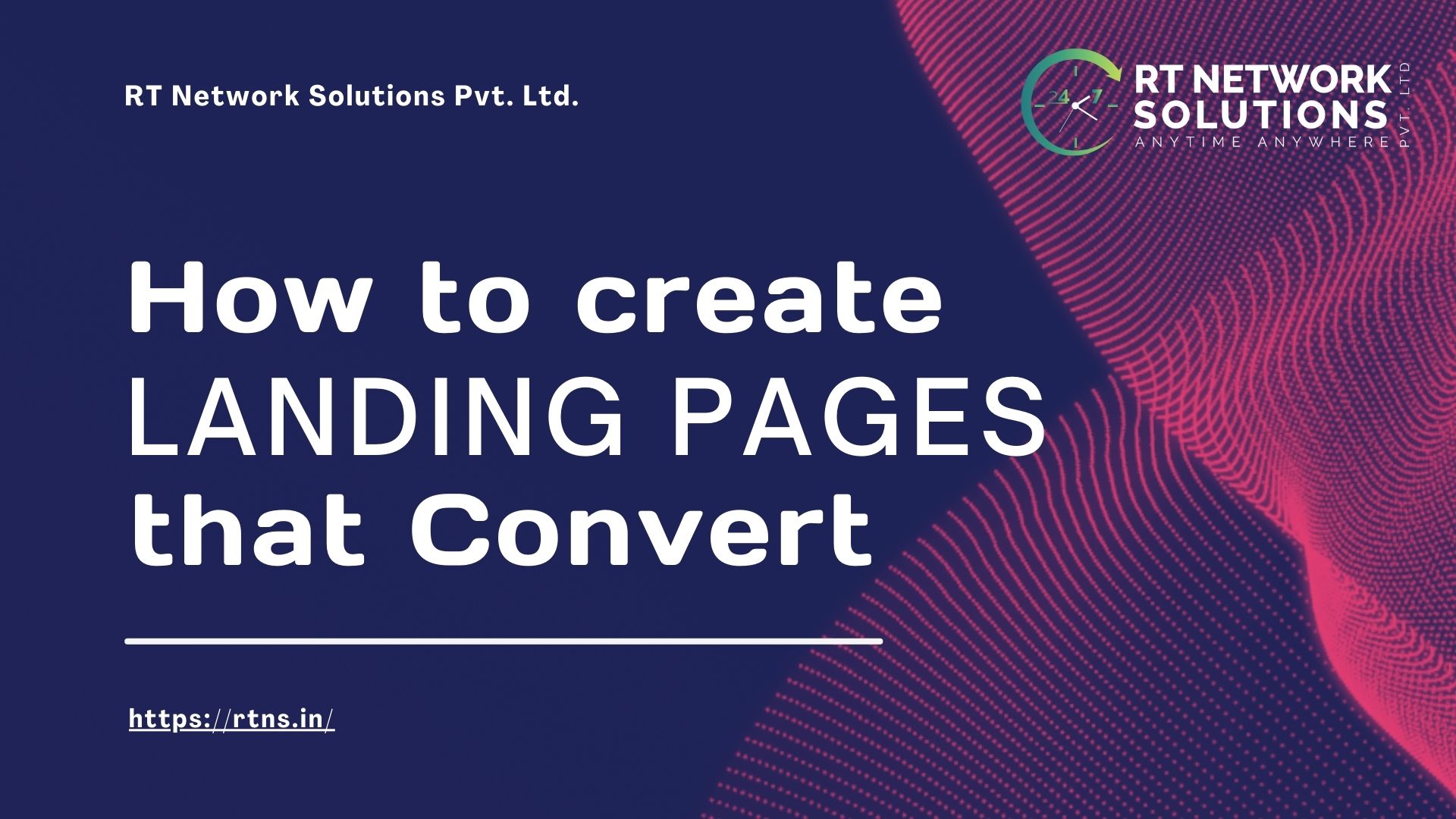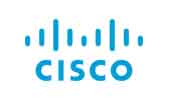Table of Contents
ToggleLanding Pages and Their Role in Conversions
A landing page is a standalone web page that is created specifically for a marketing or advertising campaign. It’s where a visitor “lands” after clicking on a link in an email, advertisement, search engine result, or any other digital platform. The primary purpose of a landing page is to convert visitors into leads or customers by encouraging them to take a specific action, such as making a purchase, signing up for a newsletter, downloading a resource, or filling out a form.
Unlike a website’s homepage or other pages, which may have multiple objectives and navigation options, a landing page is designed with a single, focused objective. It typically features content and elements that are directly related to the specific offer or campaign that the visitor clicked on, with the aim of guiding them toward completing the desired action.
Landing pages are a crucial component of digital marketing campaigns because they provide a targeted and focused experience that increases the likelihood of converting visitors into leads or customers. They are highly customisable and can be optimised through testing and analysis to improve conversion rates over time.
Why Landing Pages are Important for Conversions
Focus and Relevance
Unlike typical website pages, which may have multiple purposes and navigation options, landing pages are designed with a single, focused objective. This ensures that visitors are presented with content directly related to the specific offer or campaign they clicked on, which increases the likelihood of conversion.
Clear Call to Action (CTA)
Landing pages typically feature a prominent and clear call-to-action button or form that guides visitors toward the desired action. By minimising distractions and providing a straightforward path to conversion, landing pages make it easier for visitors to take the desired action.

Customisation and Personalisation
Landing pages can be customised to match the messaging and design of the corresponding marketing campaign, creating a cohesive and seamless experience for visitors. Personalisation techniques, such as dynamically inserting the visitor’s name or location, can also be employed to increase relevance and engagement.
Data Collection and Analysis
Landing pages often include forms where visitors can provide their contact information in exchange for valuable content or offers. This allows businesses to collect leads and gather valuable data about their audience. By analyzing visitor behaviour and conversion metrics, marketers can optimise landing pages for better performance over time.
Testing and Optimisation
One of the key benefits of landing pages is that they can be easily tested and optimised for maximum effectiveness. Marketers can experiment with different elements such as headlines, images, CTA buttons, and form fields to identify what resonates best with their audience and drives the highest conversion rates.
Cost-Effectiveness
Landing pages are a cost-effective way to drive conversions compared to traditional advertising methods. By creating targeted landing pages for specific campaigns, businesses can maximise the return on investment (ROI) of their marketing efforts by focusing resources on driving conversions from highly qualified leads.
To summarise, landing pages play a crucial role in converting visitors into leads or customers by providing a focused, relevant, and optimized experience that guides them toward taking a specific action.
How to Increase the Landing Page Conversation Rate
Increasing the conversion rate of your landing page involves optimizing various elements to encourage visitors to take the desired action.
Here are some strategies to help you improve your landing page conversion rate:
Clear Value Proposition
Clearly communicate the benefits of your offer and why visitors should take action. Use concise and compelling language to highlight the value proposition and address the visitor’s needs or pain points.
Compelling Headline
Capture attention with a persuasive headline that clearly communicates the primary benefit or solution offered. Use powerful words and emotional triggers to make the headline compelling.
Attention-Grabbing Visuals
Use high-quality images, videos, or graphics that reinforce your message and engage visitors visually. Visuals should be relevant to your offer and help communicate key points effectively.
Strong Call to Action (CTA)
Make your CTA button prominent, clear, and action-oriented. Use persuasive language that encourages immediate action, such as “Buy Now,” “Sign Up Today,” or “Get Started.”
Optimised Form
Simplify your form by asking for only essential information. Reduce friction by minimising the number of fields and using auto-fill options where possible. Use clear instructions and validation to guide users through the form submission process.
Social Proof
Incorporate testimonials, reviews, case studies, or social media mentions to build trust and credibility. Highlight positive experiences from satisfied customers to reassure visitors and alleviate any doubts they may have.
Scarcity and Urgency
Create a sense of urgency or scarcity to motivate visitors to act quickly. Use limited-time offers, countdown timers, or limited availability to encourage immediate action and prevent procrastination.
Mobile Optimisation
Ensure your landing page is optimised for mobile devices, with responsive design and fast loading times. Test your page on various mobile devices and screen sizes to ensure a seamless user experience.
A/B Testing
Experiment with different variations of your landing page elements, such as headlines, CTAs, visuals, and form layouts. Use A/B testing to compare performance and identify which elements resonate best with your audience.
Analytical Tracking
Use analytics tools like Google Analytics to track visitor behaviour, conversions, and other key metrics. Analyze user interactions, conversion funnels, and drop-off points to identify areas for improvement and optimise your landing page accordingly.
Continuous Optimisation
Continuously monitor and optimise your landing page based on performance data and user feedback. Regularly update your content, design, and messaging to ensure relevance and effectiveness over time.
By implementing these strategies and continuously optimising your landing page, you can increase conversion rates and maximize the effectiveness of your marketing campaigns.
Also read: 6 Reasons Your Business Absolutely Needs SEO
Elements of a Landing Page
Landing pages often include elements such as:
- Clear Call to Action (CTA): A prominent button or form that encourages visitors to take the desired action, such as “Buy Now,” “Sign Up,” or “Download Now.”
- Compelling Copy: Persuasive and concise text that highlights the benefits of the offer and convinces visitors to take action.
- Engaging Visuals: Eye-catching images, videos, or graphics that enhance the appeal of the landing page and reinforce the message.
- Form Fields: If the goal is to collect information from visitors, such as their email addresses or contact details, a form is typically included on the landing page.
- Trust Indicators: Testimonials, customer reviews, trust badges, or guarantees that help build credibility and alleviate any concerns visitors may have.
- Minimal Navigation: Landing pages often have minimal navigation options to reduce distractions and keep visitors focussed on the desired action.
The Landing Page Form
The form on a landing page is a crucial element for capturing visitor information and converting it into leads or customers. Here are the key elements typically found in a landing page form:
1. Form Fields: These are the fields where visitors input their information. Common fields include:
– Name
– Email address
– Phone number
– Company name
– Job title
– Address (if applicable)
– Any other relevant information specific to your campaign or offer
2. Call to Action (CTA): The form should be accompanied by a clear and compelling call-to-action button that prompts visitors to submit their information. Examples include “Submit,” “Download Now,” “Get Started,” etc.
3. Labelling and Instructions: Each form field should be clearly labelled to indicate what information is required. Additionally, instructions or hints can be provided to help users understand what to input in each field (e.g., “Enter your email address”).
4. Validation: Implementing form validation ensures that visitors provide the correct format of information. For example, email validation ensures that the entered email address follows the correct format.
5. Error Messages: If a visitor makes a mistake while filling out the form, clear error messages should be displayed to indicate what went wrong and how to correct it.
6. Privacy Policy and Consent: Including a link to your privacy policy and obtaining consent for data processing is essential for compliance with data protection regulations (e.g., GDPR). This helps build trust with visitors and assures them that their information will be handled responsibly.
7. Progress Indicators (Optional): For longer forms, displaying progress indicators can help users understand how much more information they need to provide before completing the form.
8. Submit Confirmation: After a visitor submits the form, it’s good practice to display a confirmation message or redirect them to a thank-you page. This confirms that their submission was successful and provides any additional information they may need.
9. Social Proof (Optional): Adding social proof elements such as testimonials or user reviews near the form can help build trust and encourage visitors to complete it.
By carefully designing and optimising the form on your landing page, you can maximise conversions and effectively capture visitor information for your marketing efforts.
Designing a Mobile Landing Page: Best Practices to Keep in Mind
Designing a mobile landing page requires careful attention to user experience and optimisation for smaller screens. Here are some best practices to follow:
1. Mobile-First Approach: Start with a mobile-first design mindset. Since mobile devices have smaller screens, begin designing your landing page for mobile and then scale up for larger screens.
2. Responsive Design: Ensure your landing page layout adjusts dynamically to fit various screen sizes and orientations. Use responsive design techniques to optimise the layout, typography, and content for different devices.
3. Fast Loading Speed: Mobile users expect fast loading times. Optimise images, minimise HTTP requests and leverage browser caching to improve page load speed. Consider using Accelerated Mobile Pages (AMP) or Progressive Web Apps (PWAs) for faster performance.
4. Simplify Navigation: Keep navigation simple and intuitive. Use a hamburger menu or concise navigation bar to minimise clutter and make it easy for users to find their way around the page.
5. Clear Call to Action (CTA): Make your CTA button prominent, easily tappable, and placed prominently within the viewport. Use contrasting colours and concise, action-oriented copy to encourage clicks.
6. Content Hierarchy: Prioritise content based on importance. Place key information and the CTA above the fold to ensure it is immediately visible without scrolling. Use clear headings, subheadings, and bullet points to break up text and improve readability.
7. Optimise Forms: Simplify forms by minimising the number of fields required. Use auto-fill options for common fields like name and email address. Opt for single-column layouts and larger input fields for easier touchscreen interaction.
8. Thumb-Friendly Design: Ensure interactive elements like buttons and links are large enough and spaced adequately for easy tapping with thumbs. Aim for a minimum target size of 44×44 pixels for touch elements.
9. Visual Consistency: Maintain visual consistency with your brand across all devices. Use consistent colours, fonts, and imagery to create a cohesive experience. Test your design across multiple devices to ensure consistency.
10. Optimise Media: Optimize images and videos for mobile viewing to reduce file sizes and improve loading times. Consider using lazy loading techniques to defer the loading of non-essential media until it’s needed.
11. Minimise Pop-ups: Avoid intrusive pop-ups that obstruct content or disrupt the user experience. If necessary, use non-intrusive modal pop-ups or slide-ins that can be easily dismissed.
12. Mobile-Friendly Testing: Test your mobile landing page on various devices and screen sizes to identify any issues or inconsistencies. Use tools like Google’s Mobile-Friendly Test to check for mobile compatibility and performance.
By following these best practices, you can create mobile landing pages that provide a seamless and engaging experience for users, leading to higher conversion rates and improved user satisfaction.
In a nutshell, to increase conversion on your landing page, focus on clarity, persuasion, and user experience. Start with a clear value proposition and compelling headline. Ensure your call-to-action (CTA) is prominent, action-oriented, and easy to use. Simplify the form, reduce friction, and incorporate social proof to build trust. Create urgency through limited-time offers or scarcity tactics. Optimize for mobile devices and conduct A/B testing to refine elements. Track performance metrics, analyze user behaviour, and continuously optimize based on insights. Regularly update content and design to maintain relevance and effectiveness. By prioritizing these strategies, you can effectively increase conversion rates and maximize the impact of your landing page.

















































